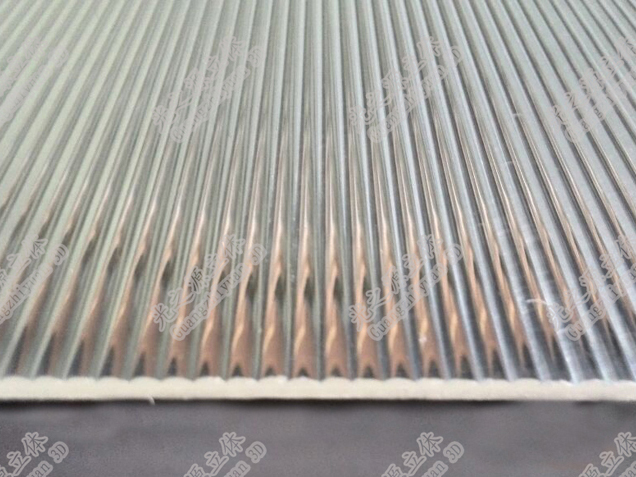Tips on How to Select the Right Lenticular Sheet for Printer
Lenticular sheet
With a flat surface on one side and a set of small convex lenses on the other side, a lenticular printing sheet can be defined as a translucent plastic sheet. The transformation of a 2D image into a variety of visual illusions is done by the magic of these small convex lenses. When the orientation of a lenticular sheet is changed viewers can easily observe lenticular special effects.
Characteristics of a lenticular sheet
Material - Based on the application it is made from the following material: Polypropylene, Acrylic (PMMA), PETG, Polycarbonate, PVC, APET, and Polystyrene. You should probably select Acrylic or APET for a DIY project. Compared to other materials Acrylic tends to be more expensive.
Viewing Distance – Viewing distance is referred to as the distance between you and the print. When choosing a correct lenticular sheet for your application this is an important factor to consider. The optimal distance of viewing and the LPI number are inversely related. So, the viewing distance is shorter if the LPI is higher.
Thickness - It is generally measured in inches or mm that affects the depth of an image ranging from 0.25mm all the way to 6.3mm. With the density of LPI, the thickness has a reverse correlation. The thicker the lenticular sheet the lower the LPI will be. In lenticular printing wholesale, you can get your desired lenticular sheet.
Viewing Angle - It is a v-shaped region within which you can see lenticular images. In general, to determine the type of effect the viewing angle marks as a guideline.
Thick lenses will have a narrower viewing angle in thin lenses because of the lenticular printing manufacturer limitation and the physical properties of materials.
Making an eye- The combination of good art and science constitutes catching lenticular print. Choosing the correct lens is equally important as choosing a beautiful scene. Just as with any plastic, for different uses and applications, lenticular sheets also have a set of specifications. In general, that will in helping you decide the type of sheet you need for your project there are eight parameters assigned.





Comments
Post a Comment